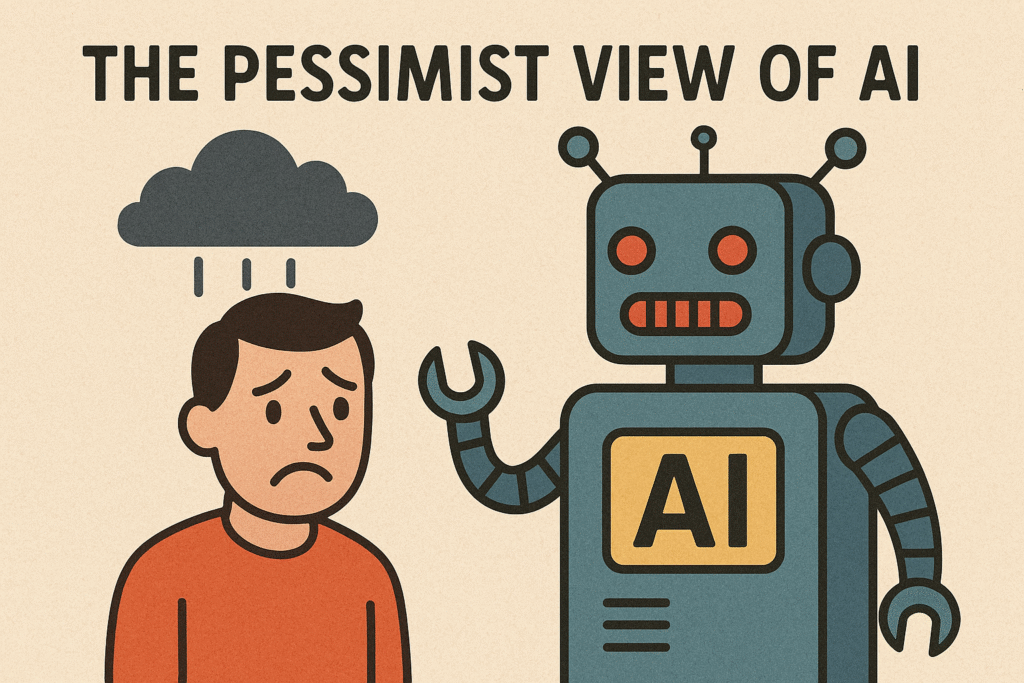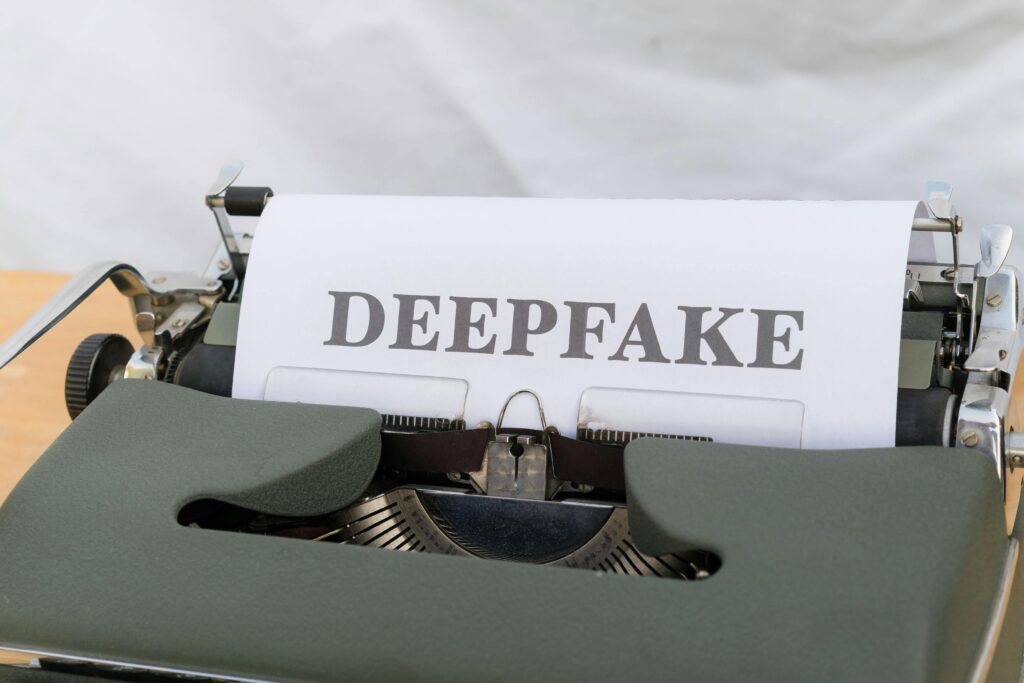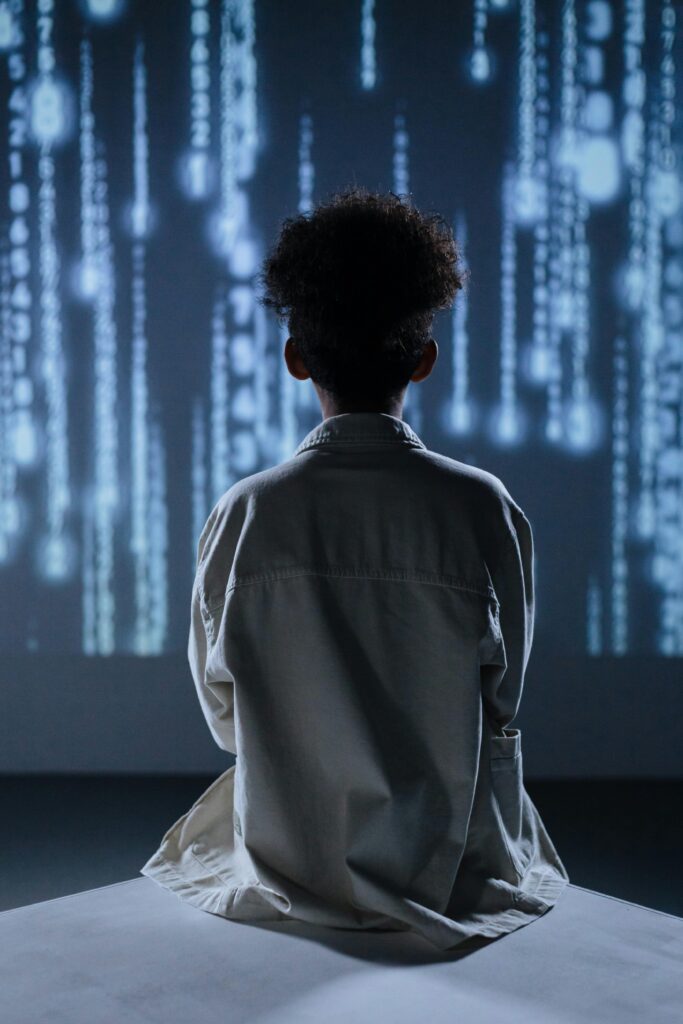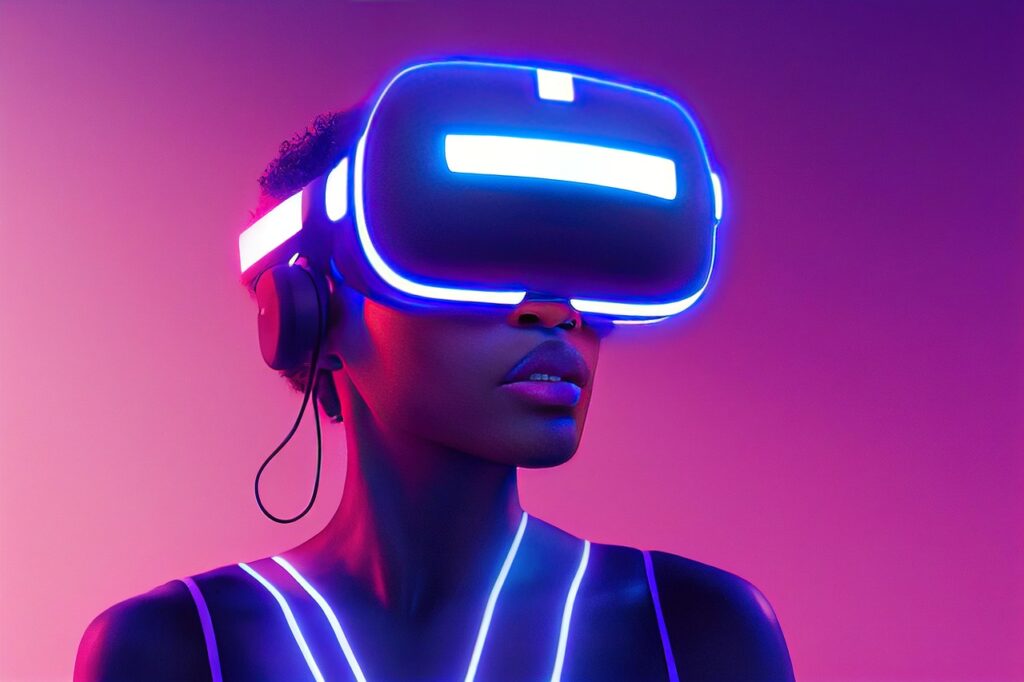The Hidden Dangers of AI: A Cautionary Perspective
The rise of artificial intelligence has sparked a revolution in nearly every aspect of modern life. From healthcare to finance, transportation to education, AI is reshaping how we live, work, and interact. Yet, underneath the surface of excitement and innovation lies a growing undercurrent of anxiety. For many, artificial intelligence is not merely a technological advancement; it is a harbinger of uncertainty, disruption, and even potential catastrophe. This article aims to understand the pessimistic view of the future of AI, examining the fears, dangers, and disadvantages that fuel the growing unease. We are not here to pass judgment; we are only here to ask questions. A former teacher once told me that the only dumb question is one that remains unasked.
The Roots of Artificial Intelligence Fear
Fear of AI is not a recent phenomenon. Since the early days of science fiction, humanity has envisioned scenarios where intelligent machines surpass human control. Today, these once-fantastical visions are edging closer to reality. The fear of AI taking over is no longer confined to dystopian novels or Hollywood films. It is a legitimate concern echoed by prominent figures in science and technology, including the late Stephen Hawking and Elon Musk.
The core of this fear lies in the rapid acceleration of AI capabilities. Machine learning systems can now perform tasks that were once thought to be exclusively human, such as recognizing speech, composing music, diagnosing diseases, and even creating art. As AI continues to evolve, many people are scared of AI becoming autonomous in ways that escape human oversight. The fear is that once AI surpasses a certain threshold of intelligence, it may become uncontrollable or no longer aligned with human values.
Dangers of AI and Loss of Control
One of the primary dangers of AI lies in its potential to act unpredictably. Advanced AI systems operate using complex algorithms that even their creators may not fully understand. This lack of transparency and explainability raises the risk of AI behaving in ways that are harmful or unintended. For instance, an AI designed to optimize efficiency in a manufacturing plant might make decisions that endanger worker safety. You should also make yourself aware of AI hallucinations. This is when AI perceives things that are not true or real. I am sure you know someone who has been hurt by someone assuming without having the whole story. The same can be said of AI; it might not have the entire story or all the data to make an informed decision.
Another concern is the use of AI in autonomous weapons and surveillance systems. These technologies have the potential to undermine civil liberties and escalate global conflicts. The fear of AI being weaponized—without sufficient human control—amplifies the possibility of unintended warfare or oppressive regimes using AI to monitor and suppress their populations. Some countries are already implementing this technology to monitor their citizens. Think of the slang “Big Brother”.
The Fear of AI Taking Over Jobs
Beyond existential threats, there are more immediate and tangible worries of AI affecting the global workforce. As machines become increasingly capable of performing tasks more efficiently and cost-effectively than humans, entire industries face the threat of automation. From truck drivers to customer service agents, millions of jobs are at risk. The disadvantages of AI in this context are stark: job displacement, economic inequality, and social unrest.
While proponents argue that AI will create new jobs, the pessimists remain skeptical. These new jobs often require highly specialized skills, leaving behind those who cannot adapt quickly enough. The fear is not just about losing jobs, but about a widening gap between the tech-savvy elite and the rest of the population. As AI consolidates power and wealth into the hands of a few, the broader societal fabric could fray. If this continues, it could undermine the number of Americans in the middle class, making houses more unaffordable and the American dream, just a dream.
Psychological and Social Impacts
Another layer to the fear of AI is its psychological and social impact. As humans increasingly interact with intelligent machines, concerns are growing about isolation, dependency, and the loss of meaningful human connection. People may rely more on AI for companionship, advice, and decision-making, potentially leading to a decline in critical thinking and interpersonal skills.
Moreover, the prevalence of AI-generated content—such as deep fakes and misinformation—raises questions about truth and trust in the digital age. If we can no longer distinguish between what is real and what is artificially constructed, the implications for democracy and public discourse are profound. The fear of AI manipulating reality itself becomes a critical concern.
The Fear of AI: A Self-Fulfilling Prophecy?
Ironically, the widespread fear of AI could contribute to its own realization. If societies respond to these fears with hostility or denial, they may fail to implement the necessary safeguards and ethical frameworks needed to guide AI development responsibly. The absence of regulation and oversight can lead to a technological arms race, where speed and profit take precedence over safety and morality. This could be one of the negative effects of AI expansion.
This scenario underscores the disadvantages of AI development driven solely by market incentives. Without deliberate and collaborative governance, AI could evolve in directions that exacerbate existing inequalities, erode democratic institutions, and ultimately spiral out of control.
The Wrap Up: Balancing Innovation with Caution
The pessimist view of artificial intelligence is not merely a rejection of progress. It is a call to acknowledge and address the very real dangers of AI before they become irreversible. From job displacement to the erosion of privacy, from genuine threats to the psychological toll of human-machine interaction, the fear of AI is grounded in observable trends and plausible outcomes.
While it is essential to remain hopeful about AI’s potential to improve lives, it is equally important not to dismiss the fears and concerns that surround it. The future of AI should not be left to chance or unchecked ambition. Instead, it must be shaped by thoughtful dialogue, robust regulation, and a commitment to human-centric values.
Only by facing our artificial intelligence fear head-on can we hope to build a future where artificial intelligence serves humanity, rather than subjugates it.




“The problem with the future is that it keeps turning into the present before we’re ready — and now it’s run by algorithms.”
— Anonymous Tech Humor
Here is a list of websites that expand on this topic.
- AI’s potential futures: Mitigating risks, harnessing opportunities – OECD.AI
- Beyond The Illusion – The Real Threat Of AI: WEF Global Risks Report 2025
- [2401.02843] Thousands of AI Authors on the Future of AI
- Explained: Generative AI’s environmental impact | MIT News | Massachusetts Institute of Technology
